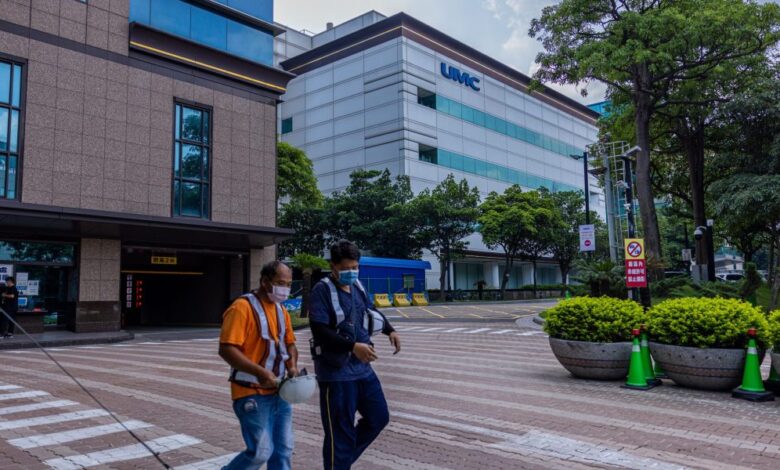Hsinchu Science Park the Epicenter of Taiwan’s Semiconductor Dominance

Nestled an hour south of Taipei, the Hsinchu Science Park stands as a testament to Taiwan’s prowess in the global semiconductor industry. Spanning 1,400 hectares, the park hosts approximately 500 tech companies, including behemoths like Taiwan Semiconductor Manufacturing Company (TSMC), United Microelectronics Corporation (UMC), and MediaTek.
In the 1980s, Taiwan’s visionary government set out to create a specialized zone for tech manufacturing and research. Initially focused on PC production, the park evolved into a hub for high-end semiconductor production, offering tax incentives and land perks to attract industry leaders. It has since become a crucial player in shaping Taiwan’s technological capacity, workforce training, and incubating key firms.
Chris Miller, author of “Chip War: The Fight for the World’s Most Critical Technology,” notes, “It’s a really interesting and successful mix of education and training programs where it’s easy for firms to get established, and find partners and skilled workers.”
Taiwanese companies based in Hsinchu, including TSMC and UMC, wield significant influence in the semiconductor sector. The park’s success has prompted other nations, like the U.S. and Japan, to offer substantial subsidies for domestic chip manufacturing.
Hub of Semiconductor Giants:
Driving through Hsinchu Science Park reveals the giants of chipmaking:
- TSMC: The world’s leading manufacturer of advanced chips and Asia’s most valuable company.
- UMC: Taiwan’s first semiconductor company and a top global contract chipmaker.
- MediaTek: A market-leading fabless semiconductor company designing chips for mobile devices and home entertainment systems.
The park’s infrastructure, combined with its proximity to industry-focused institutions and academic centers, contributes to its success. Training programs, such as those offered by the Industrial Technology Research Institute and National Tsinghua University, play a vital role in fostering talent.
From “Graveyard” to Tech Hub:
While colloquially known as “chu-ker,” Hsinchu Science Park was once dubbed “monga-bo” or graveyard in Taiwanese slang. Two decades ago, it lacked shopping malls and cinemas, earning the moniker due to its barren landscape. Lucy Chen, a semiconductor industry veteran, recalls the early days when she saw farmers on her way to work.
The park’s success required a collective effort, with companies operating in close proximity for streamlined manufacturing processes. Chen emphasizes the significance of time in manufacturing, and the need for support companies to be nearby for swift repairs.
Today, Hsinchu Science Park contributes significantly to Taiwan’s economy, with integrated circuit companies generating over 75% of the Park’s total revenue. Taiwan’s continued investment in replicating the industrial park model across the island, coupled with TSMC’s expansion into central and southern regions, reflects the ongoing importance of Hsinchu in the world’s chip industry.
“Success breeds success,” says Miller. “The bigger the ecosystem, the deeper the ecosystem, the easier it is for companies to succeed.” The Hsinchu Science Park stands as a testament to this principle, maintaining its position as the epicenter of Taiwan’s—and the world’s—chip industry.


